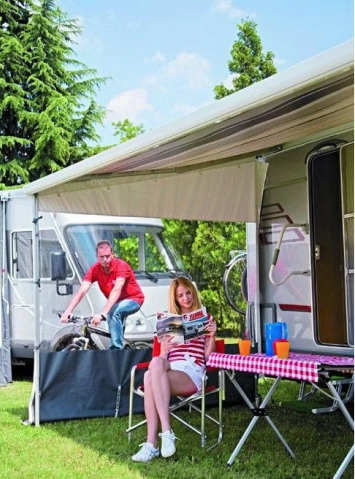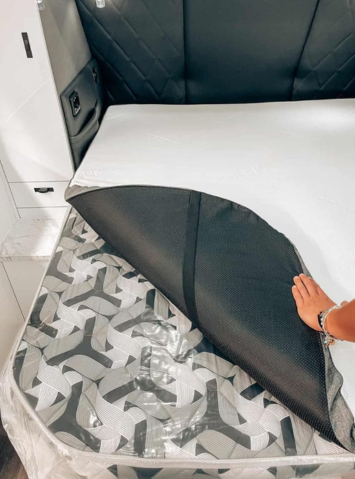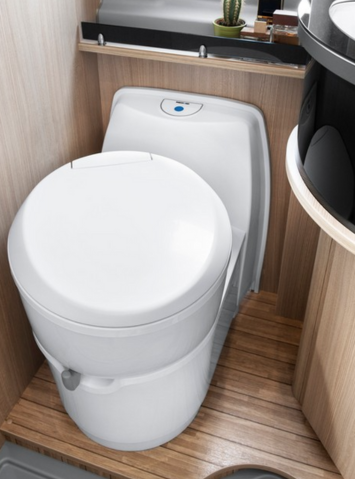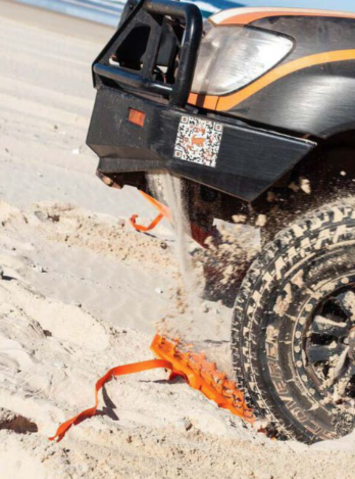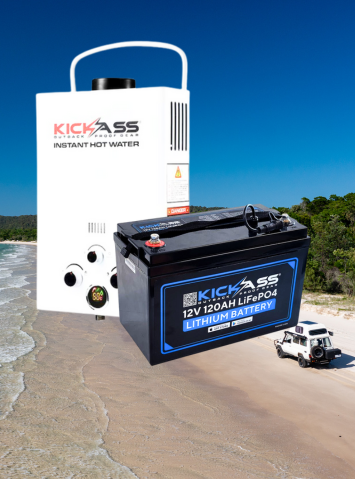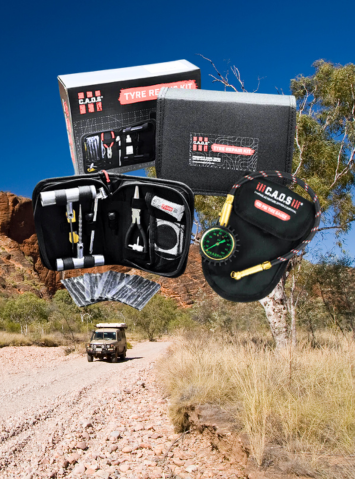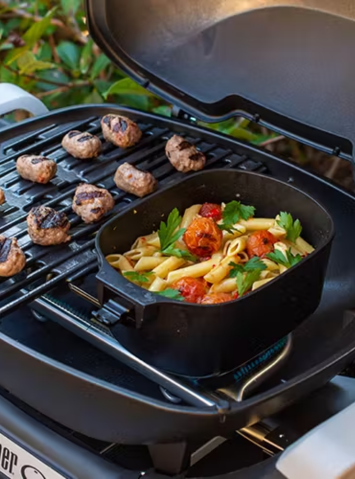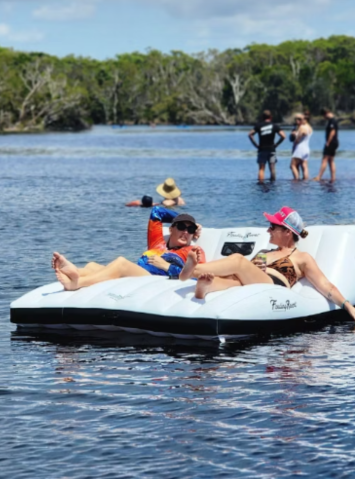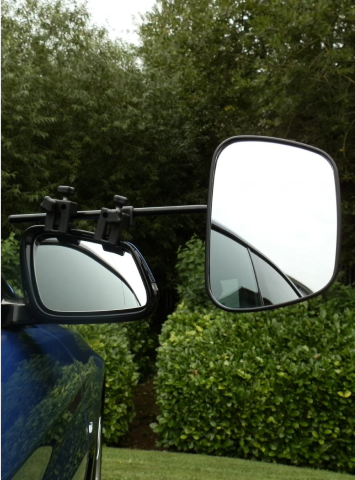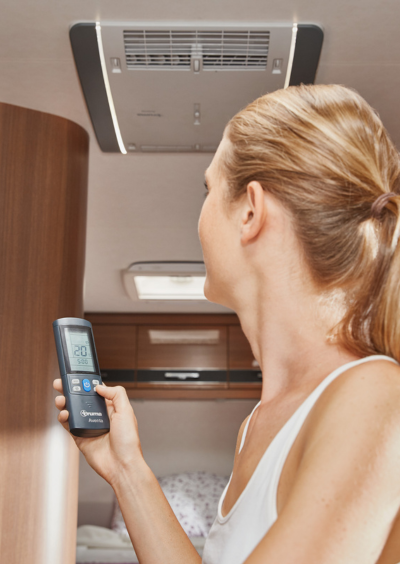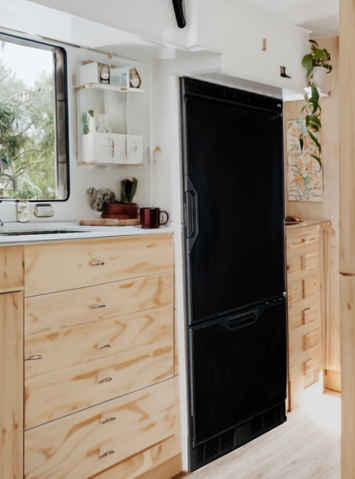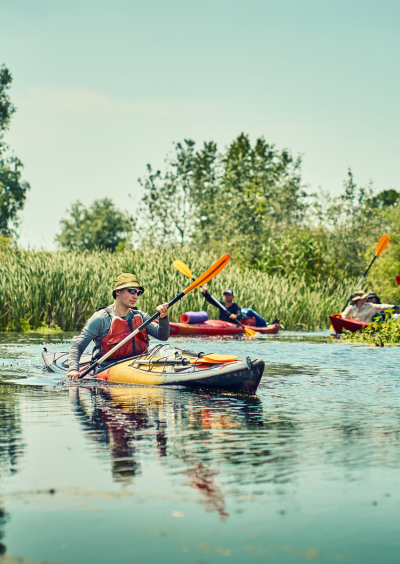All 4x4 CB & UHF Radios Products
4x4 CB & UHF Radios
Conquering the great outdoors of Australia can be mesmerizing and challenging. However, you could put yourself at great risk if you’re lost or you wander away from your convoy. The best solution is constant communication using an ultra-high frequency citizen band radio or UHF CB radio.
The UHF CB radio is a two-way radio that utilizes the 476.4250 to 477.4125 megahertz or MHz, the radio spectrum intended for short-distance communications. It comprises 80 channels and is for public access although not all the channels can be used by anyone for any reason as there are certain penalties for channel misuse.
What are the differences between a UHF and a CB radio?
These are the differences between a UHF and a CB radio:
- A UHF CB radio needs a license while a CB radio does not require one.
- A UHF CB radio has a minimum range of 5 watts while the transmittance power of a CB radio is more or less 4 watts.
Advantages and disadvantages of UHF radios
These are the advantages and disadvantages of UHF radios:
Advantages:
- They are portable.
- They perform dual functions of transmitting and receiving radio waves.
- They are powered by batteries.
- You can constantly communicate with your convoy or with other radio users within an immediate vicinity.
Disadvantages:
- They operate on a line-of-sight basis and have a short reach.
- You need to have extra batteries.
- These radios are more expensive.
[Benefits of UHF CB Communication] (https://www.rvonline.com.au/blogs/blog/benefits-of-having-a-uhf-cb-radio-when-camping)
Here are the benefits of using UHF CB communication:
- It lets you communicate with truckies and drivers so you’ll be informed of road conditions and obstructions ahead.
- It helps you stay connected with your family or group while on your camping trip.
- It is beneficial during emergencies.
- It works perfectly well in areas where mobile networks are not available.
- It helps you stay interlinked with fellow campers.
List of UHF Channels
- Channels 1 to 8 and 41 to 48 - Duplex channels (output)
- Channels 31 to 38 and 71 to 78 - Duplex channels ( input)
- Channels 9, 12 to 17, 19 to 21, 24-29, 30, 39, 49 to 60, 64-70, 79 and 80 - General chat channels, simplex use
- Channels 5 and 35 - Duplex channels used strictly for emergency communications.
- Channel 10 - for 4WD clubs or convoys and national parks
- Channel 11 - Call channel used for locating friends and as a general meeting point at the beginning of communication or when it’s lost, before moving to an exclusive channel
- Channel 18 - Caravanners and campers convoy channel
- Channel 40- Australia-wide road safety channel used by truckies and oversized load pilot vehicles.
- Channels 22 and 23 - Telemetry and telecommand for automated data communications
- Channel 29- Road safety channel Pacific Hi-way
- Channels 61 to 63- channels reserved for future use
UHF Radio communication etiquette
UHF radio communication is guided by the following etiquette:
Emergency services monitor Channel 5 for calls for help and should strictly be used for emergencies along with Channel 35. Once you have established communication, both parties should continue into another channel to free up the channel. All communications on the channels are public so any person within your range or a repeater can hear you and join in. UHF radio communication is a vital link to the outside world especially when there are discrepancies or emergencies.
Always prepare for your outdoor adventures! Take your pick from our array of UHF CB radios that are budget-friendly, efficient, and durable. Shop today at [Everything Caravan and Camping] (https://www.everythingcaravancamping.com.au/) marketplace, your go-to marketplace for all your camping needs!
Lorem, ipsum dolor sit amet consectetur adipisicing elit. Quas non numquam reprehenderit porro accusantium aliquid praesentium iusto natus nemo tempore.